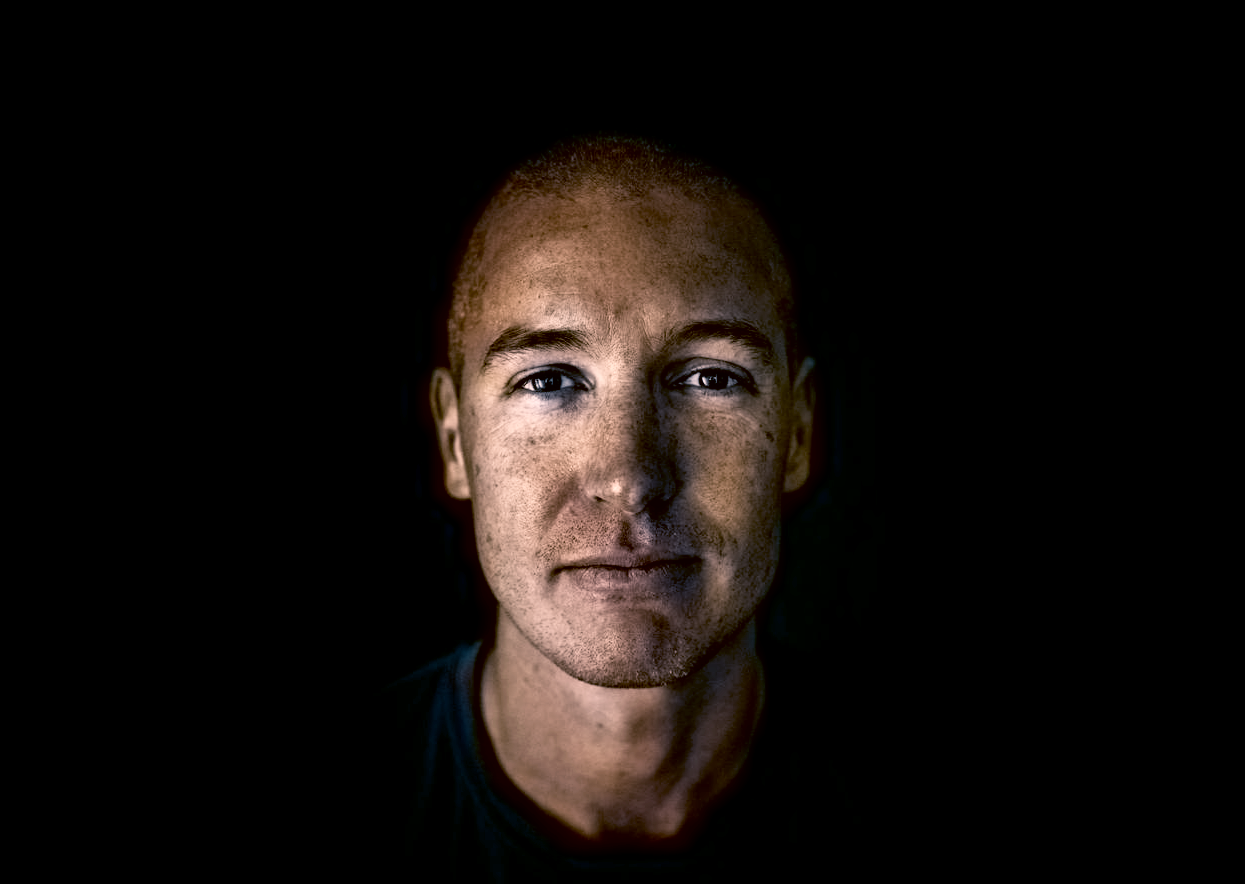Watch our innovation editor Maija Palmer discuss why this data caught our eye, and the questions it raises.
Why isn’t there more innovation focused on older people?
This week’s Sifted Future Proof chart of the week is a simple population graph, taken from longitudinal data put together by the World Bank, with inputs from the UN’s population division.
It shows the percentage of a population aged 65 and over, tracking all the way back to 1960. In Europe the change is remarkable: we’ve gone from 9.5% of the population being over 65 in 1960 to 20.8% being over that age today.
The so-called “ageing of Europe is not really new news — it has been much discussed as a risk to tax receipts and a burden on healthcare services. But it is seldom talked about as an opportunity.
Innovation teams spend more time worrying about what millennials and GenZ are going to want than what older people might need — despite the fact that this segment is increasingly rich and leisured.
I’ve seen relatively few examples of corporate innovation really focus on this segment.
Essity, the hygiene brand tackling taboo issues like incontinence, is one example of a company looking more broadly at their target demographics.
In the beauty sector, also, there’s clearly a shift in how they portray an ageing population. So in addition to the sector becoming more inclusive in the younger demographics given the proven effects on self-image, it’s also happened at the other end of the spectrum. We’re seeing more older women in beauty ads. Critically, innovation has shifted away from “anti-ageing” to extending/pro-skin/embracing ageing, as seen with beauty brand Neal’s Yard’s “Age Well Revolution” campaign.
In the medical space, there’s a trend towards personalised medicine. At Stanford University, researchers worked out that everyone has a specific “ageotype” (like a genotype) and understanding it helps to extend life. So as pharma meets FMCG, will we see more examples of companies like 23andme getting FDA approval to do personalised medicine?
But we could see a lot more companies tackle this. What about carmakers, for example? Are they responding to the fact the average age of a new car buyer in Europe now is over 50? In recent years, they have spent more time trying to find how to get to younger consumers via car sharing and other such schemes.
We’d love to hear your thoughts. Have you seen good innovation examples that look at the older demographic?


